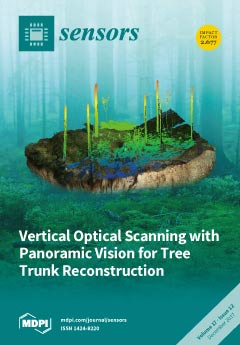1
Department of Geoinformatics–Z_GIS, University of Salzburg, Schillerstrasse 30, 5020 Salzburg, Austria
2
Center for Geographic Analysis, Harvard University, Cambridge, MA 02138, USA
3
Department of Electronics, Information and Bioengineering, Politecnico di Milano, Piazza Leonardo da Vinci, 32, 20131 Milano, Italy
4
Citizen Cyberlab, Centre Universitaire d’Informatique (CUI), University of Geneva, route de Drize CH-1227 Carouge, Switzerland
5
PM Risk Crisis Change, K. M. Hendrikaplein 57, 9000 Ghent, Belgium
6
Terranea, Bahnhofstr. 120, 82269 Geltendorf, Germany
7
e-GEOS S.p.A, Via Tiburtina 965, 00156, Rome, Italy
8
Fraunhofer Institute for Intelligent Analysis and Information Systems IAIS, Schloss Birlinghoven, 53757 Sankt Augustin, Germany
9
KAJO s. r. o., Sladkovicova 228/8, 01401 Bytca, Slovakia
Abstract
In the first hours of a disaster, up-to-date information about the area of interest is crucial for effective disaster management. However, due to the delay induced by collecting and analysing satellite imagery, disaster management systems like the Copernicus Emergency Management Service (EMS) are
[...] Read more.
In the first hours of a disaster, up-to-date information about the area of interest is crucial for effective disaster management. However, due to the delay induced by collecting and analysing satellite imagery, disaster management systems like the Copernicus Emergency Management Service (EMS) are currently not able to provide information products until up to 48–72 h after a disaster event has occurred. While satellite imagery is still a valuable source for disaster management, information products can be improved through complementing them with user-generated data like social media posts or crowdsourced data. The advantage of these new kinds of data is that they are continuously produced in a timely fashion because users actively participate throughout an event and share related information. The research project Evolution of Emergency Copernicus services (E2mC) aims to integrate these novel data into a new EMS service component called Witness, which is presented in this paper. Like this, the timeliness and accuracy of geospatial information products provided to civil protection authorities can be improved through leveraging user-generated data. This paper sketches the developed system architecture, describes applicable scenarios and presents several preliminary case studies, providing evidence that the scientific and operational goals have been achieved.
Full article






